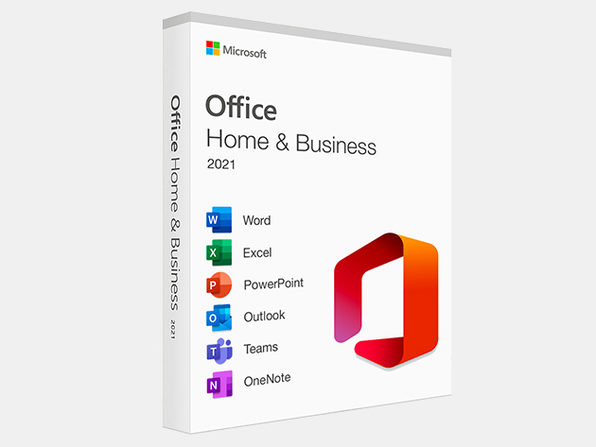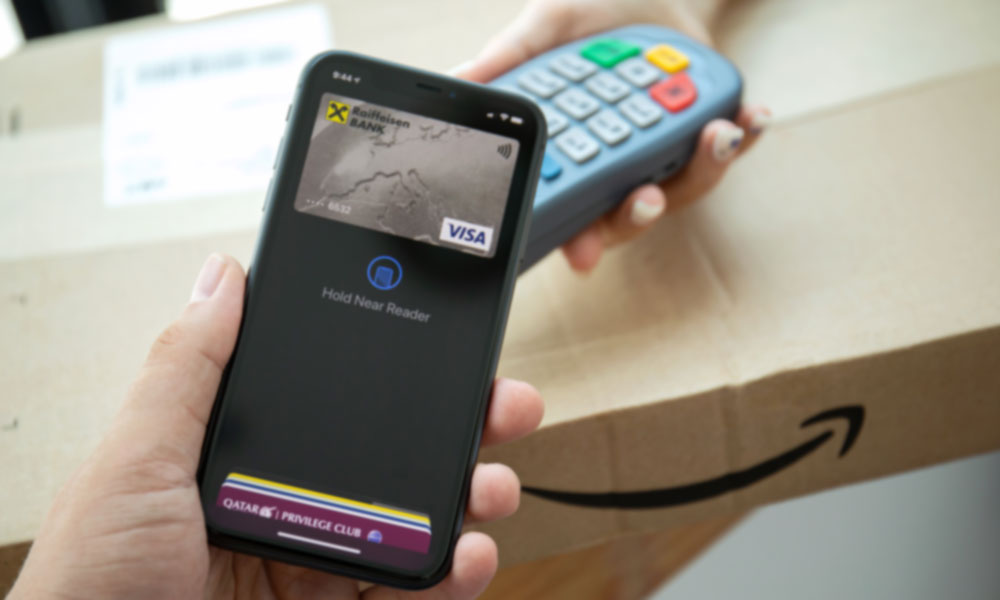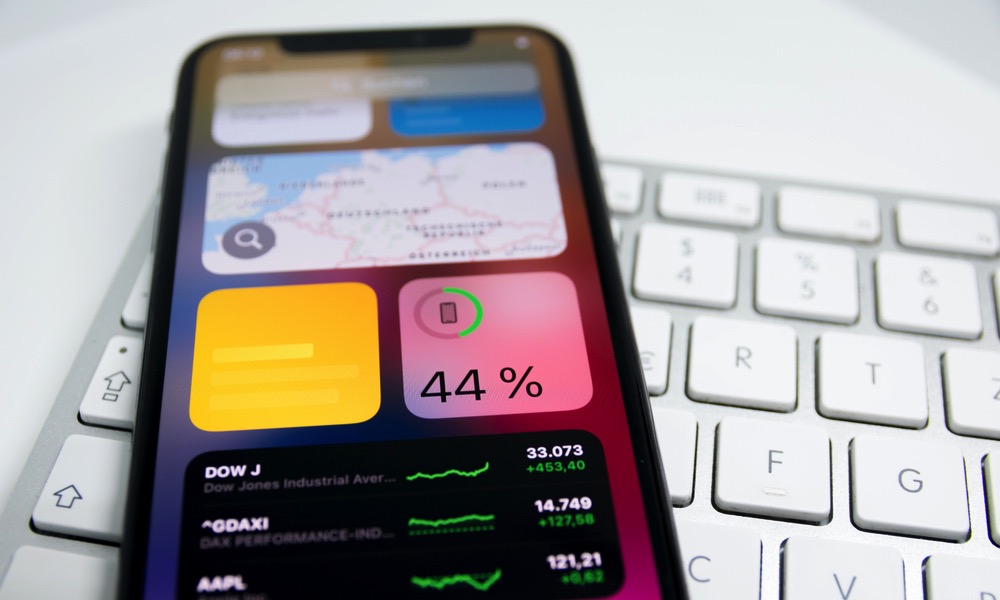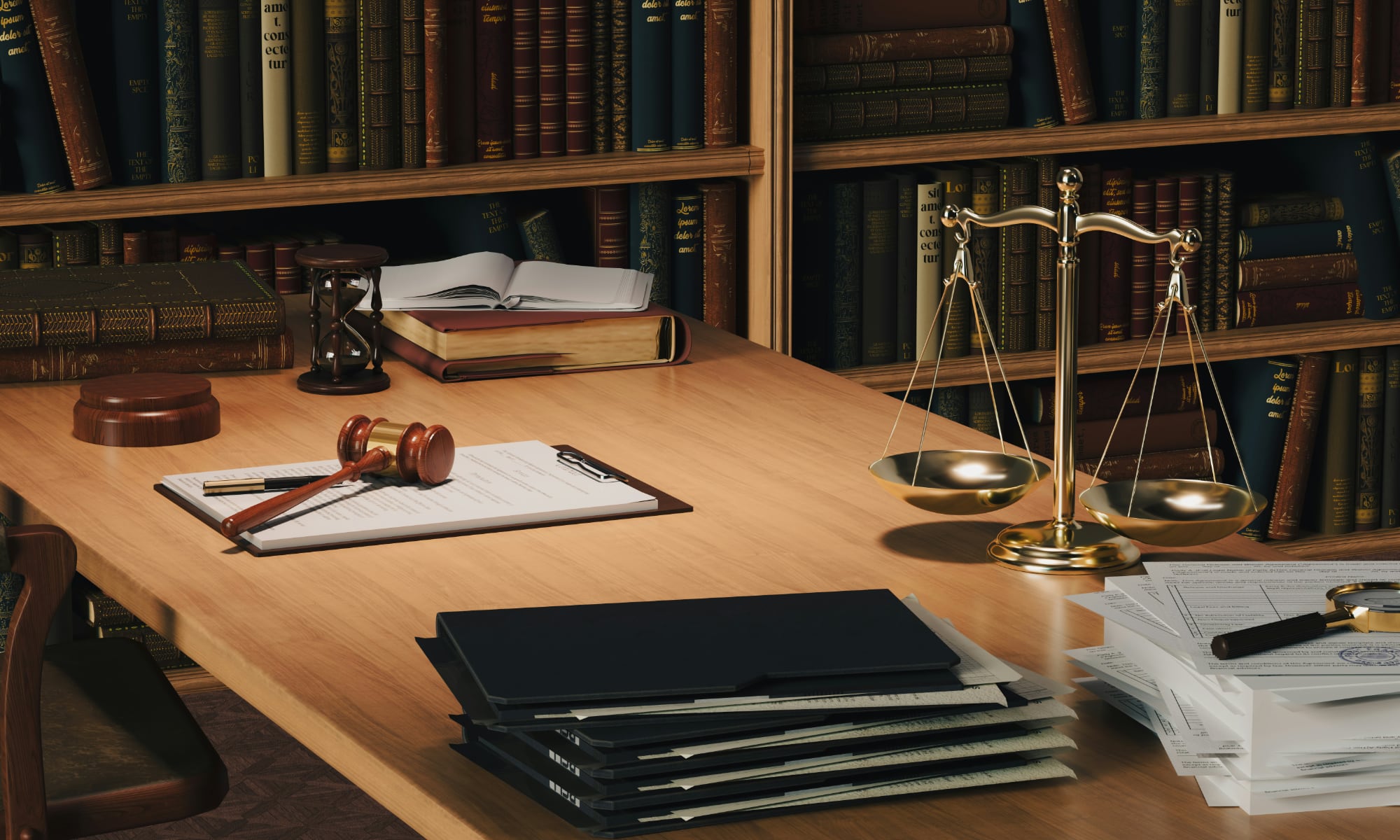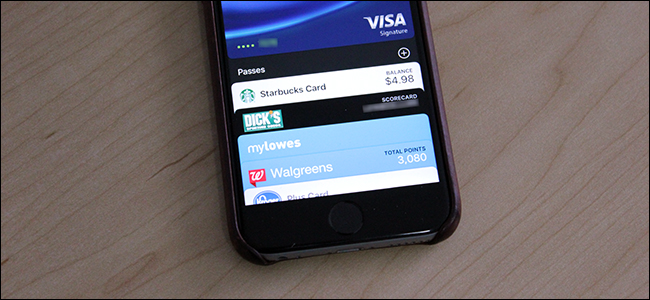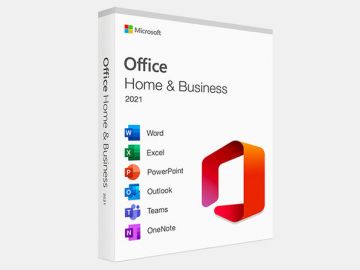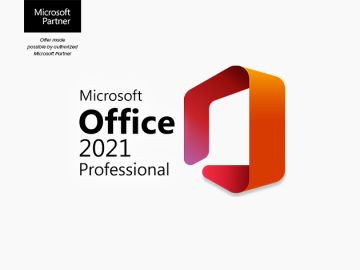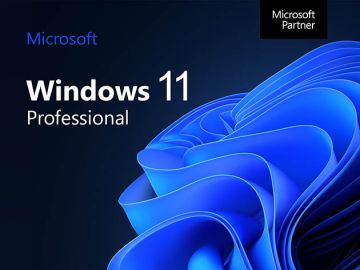Texas Judge Calls Fintiv’s Bluff in Apple Pay Shakedown
 Getty Images / Unsplash+
Getty Images / Unsplash+
Toggle Dark Mode
A small financial tech company based in Texas has been challenging the technology behind Apple Pay for several years, but a new ruling from a Texas judge shows the company’s case is built on shaky ground.
Earlier this month, Fintiv filed a lawsuit against Apple in Georgia, alleging that it stole trade secrets and poached employees from its predecessor, CorFire. The company asserts that it engaged in good-faith discussions with Apple to provide confidential technical information, believing that Apple would license its mobile wallet technology. Instead, it claims that Apple hired away key employees and used the information it had gained from the talks to launch Apple Pay.
While this lawsuit revolves around trade secrets and goes so far as to accuse Apple of racketeering, it’s not the first action Fintiv has taken against Apple. In 2018, the smaller company filed a patent infringement lawsuit in Texas, alleging that Apple Pay directly used its patented technology.
That case was initially dismissed, but later overturned by an appellate court. It was sent back to the federal district court in Texas, where the judge issued a preliminary ruling that Apple had not infringed the claimed patents. While Fintiv could have continued the case to a jury trial, it asked the judge to dismiss its remaining claims.
We now have a pretty good idea of why Fintiv folded its hand, following the publication of the judge’s opinion earlier this week. Western District of Texas Judge Alan Albright granted the summary judgment in Apple’s favor earlier this month; however, the decision was sealed until last Friday.
Now that it’s been unsealed, we have a clearer view of Fintiv’s claims, and they’re starting to look like smoke and mirrors. Fintiv’s original lawsuit alleged that the Apple Pay and Apple Wallet features infringed on its own patent on storing and managing virtual credit cards on mobile devices for contactless payment.
What’s in a ‘Widget’?
While that sounds pretty similar on the surface, Fintiv’s patents revolve around the use of what it calls a “widget.” Unfortunately for Fintiv, it didn’t seem able to provide any clear definition for that term. In its original case, when Fintiv was asked to produce source code for what would make up a “widget,” it was unable to do so, and its argument that Apple uses the term “widgets” in its technical documentation carries no weight as those are unrelated to Apple Pay or Apple Wallet; “rather, the evidence relates to ‘using widgets on your home screen,’” he said. As a result, he awarded Apple summary judgment of non-infringement.
However, the Federal Circuit bounced the case back to Judge Albright earlier this year, reversing his 2023 decision based on the idea that Fintiv might be able to make its case to a jury. It ruled that Judge Albright erred in assuming that the source code was a deal breaker, stating that the “evidence is sufficient for a reasonable jury to find that software provides the functionality [Fintiv expert] Dr. Shamos observed and identified in the accused products.”
Nevertheless, this is a case of the appellate court giving Fintiv the benefit of the doubt, as the three-judge panel seemed to be losing patience with the company’s inability to get a straight answer on what a widget does. As reported by Law360, when asked to provide a “concrete example” of how Apple Wallet infringed on Fintiv’s patents, the company’s experts seemed to use non-specific and circular logic.
“What does the software do? You have to know what the software does,” Judge Dyk asked. “Just to say there’s software doesn’t help us very much.”
Dani Kass, Law360
For example, one of Fintiv’s lawyers showed how opening the Wallet app on an iPhone and selecting a card shows the card’s information, claiming that this is the “widget” that Fintiv has patented. “The widget software is the software executed when the user touches the phone at the place where the card art is,” she said.
The lawyers and Fintiv experts went on to offer definitions of a “widget” that were so broad that they could apply to nearly anything an iPhone does. “The software does different things depending on which widget is being invoked,” Fintiv’s lawyer responded when one of the judges asked for more detailed information on what the software is specifically supposed to do.
Smoke and Mirrors
In the end, the judges were left with no clearer idea of what a widget was supposed to be than when they began; however, US Circuit Judge Leonard P. Stark suggested that the technical details weren’t important; “The only thing we need to worry about is whether there’s a plausible question, a reasonable question, that whatever the widget is, the functionality identified by the plaintiffs, that it is being done by software,” he said.
The panel determined that Judge Albright erred in ruling that no “widget” exists based solely on the lack of source code, stating that “Fintiv has sufficiently identified and proffered circumstantial evidence of a widget,” even if it can’t say what that widget is.
It reversed the original decision and remanded it to the lower court for a more in-depth review. When the case landed back on Judge Albright’s bench, he considered it under those new terms, but still ultimately sided with Apple based on Fintiv’s inability to explain what this mysterious “widget” is, much less how Apple Pay or Apple Wallet infringes upon it.
Fintiv and its infringement expert Dr. Shamos do not identify what the widget is in the Accused Products. Instead, Fintiv and Dr. Shamos typically present some evidence, fail to explain how that evidence is evidence of a “widget” — let alone what the widget is — and then conclude that the Accused Products contain a “widget.”
Judge Alan D. Albright, Fintiv, Inc. vs. Apple Inc., 1:21-CV-00896-ADA
“There is no genuine dispute of material fact because Fintiv — and Dr. Shamos— refuses to explain what it alleges the widget is in the Accused Products,” Judge Albright states in his ruling (emphasis in original), and accuses Fintiv of casting far too broad of a net by expecting the court to “view the evidence and all factual inferences from such evidence to support all possible allegations of what a widget could be in the Accused Product” (again, emphasis in original).
Despite its inability to define what a “widget” is, Fintiv’s expert, Dr. Shamos, also claimed that Apple’s SMP Broker servers that are used to set up and process Apple Pay transactions are “configured to store and manage widgets” (again, without defining what these mysterious “widgets” are). Apple responded to that claim by saying that Dr. Stamos’ opinion is “purely conclusory, and fails to identify what is stored, how it is stored, and why what it allegedly stores supposedly constitutes a software ‘widget.’”
Fintiv claimed that the SMP Broker servers store “associated software code such as card image code and metadata code,” implying that it’s the credit card images that are the widgets. However, Judge Albright disagreed, stating that it’s a “misnomer” to describe data as “code” or “software,” and that “card art/images and metadata are not evidence of a software widget.”
In short, it appears that Fintiv’s claims are based on trying to fit a round peg (widget?) into an Apple-shaped hole. “In conclusion, given that Fintiv and Dr. Shamos have not provided any evidence that Apple Wallet and Apple Pay store the claimed software widget,” Judge Albright writes in his decision, “the Court GRANTS summary judgment with respect to independent Claim 23 and dependent Claims 24 and 25.”
Of course, a patent infringement case is far from the same thing as the current case in Georgia, where Apple is being accused of stealing Fintiv’s trade secrets and employees to build Apple Pay. However, if Fintiv’s evidence and arguments in that new case are as shaky as they were in the Texas patent case, the company isn’t going to get very far.

